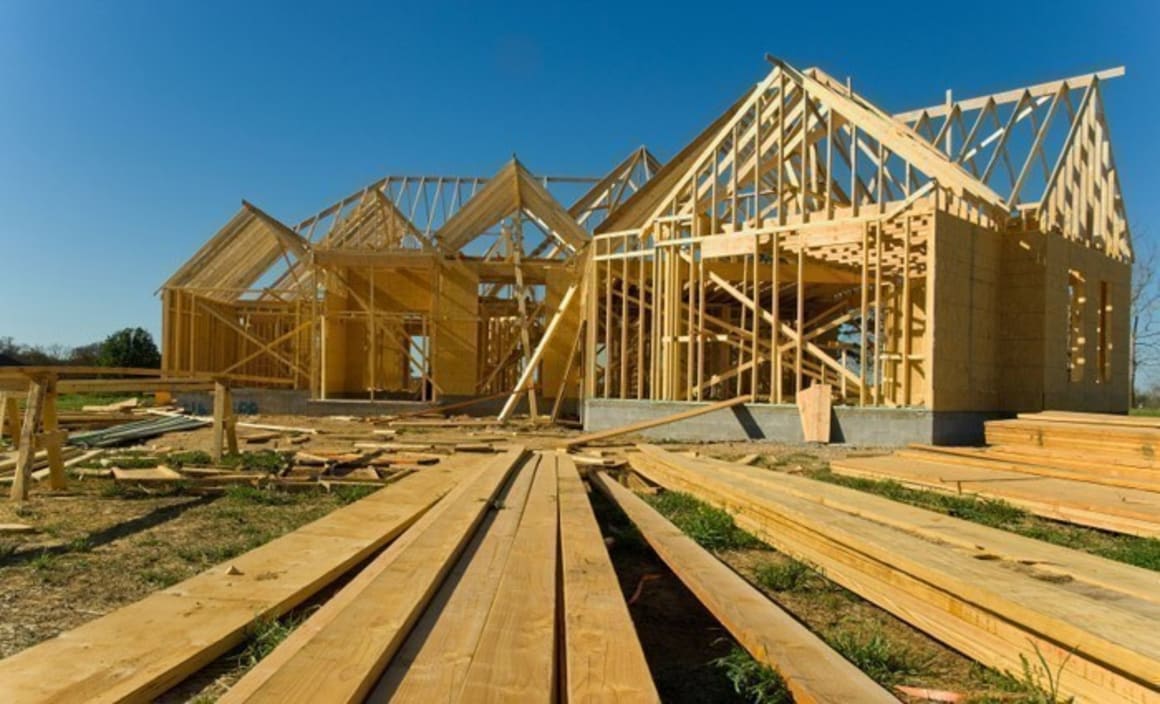Construction eases, home building at record highs: CommSec's Savanth Sebastian

The ‘baton pass’ from engineering to residential building is clear for all to see.

The data is unlikely to alter the Reserve Banks thinking when it comes to rates.
The focus now turns to the March quarter business investment data released tomorrow. And while the Reserve Bank will be particularly interested in estimates of completed non-mining investment, there will be a much greater focus on future spending plans. In the March quarter the first estimate of investment in 2016/17 was just $82.57 billion (weakest result since 2007/08), and 19.5 per cent lower than the first estimate for 2015/16 – marking the largest fall for a first estimate reading in records going back 25 years.
While policymakers will continue to discuss the merits of another rate cut, it really comes down to the inflation outlook. CommSec expects a low inflation result over the June quarter should result in the central bank cutting the cash rate in August.
What do the figures show?
Construction Work
Construction work done fell by 2.6 percent in real (inflation-adjusted) terms in the March quarter after sliding by 2.9 percent in the December quarter.
Work done is down by 6.7 percent on a year ago. Public sector construction work rose by 2.5 percent in the quarter while private sector activity fell by 3.7 percent.
Construction work fell in five of the states and territories in the March quarter. Leading the falls was Northern Territory (down 10.2 percent), followed by Western Australia (down 9.3 percent), South Australia (down 3.2 percent), Queensland (down 2.9 percent) and Victoria (down 1 percent). Construction rose in NSW (up 2.6 percent), the ACT (up 2.3 percent) and Tasmania (up 1.9 percent).
Engineering work fell by 4.2 percent in the March quarter. Engineering construction is down by 13.7 percent on a year ago.
Commercial (non-residential) building fell by 5.5 percent in the March quarter to be down 7.2 percent over the year.
Residential building rose by 1.5 percent in the March quarter and was up by 5.7 percent over the year. Alterations & additions rose by 1.1 percent in the quarter while new residential work rose by 1.5 percent.
The measure of inflation in the construction sector (deflator) rose by 0.5 percent in the March quarter. The annual rate of construction inflation rose from 1.9 percent to 2.3 percent – matching the fastest annual growth rate in almost five years.
Engineering prices rose by 0.6 percent in the quarter (up 1.9 percent over the year) while building prices rose by 0.4 percent in the quarter (2.3 percent over the year).
What is the importance of the economic data?
The Bureau of Statistics releases quarterly estimates of Construction work done. The estimates are based on a survey and cover around 85 per cent of the construction work done in the period. Revised estimates will be released in coming months. The data is useful largely for historical purposes but the work yet to be done estimates provide an early warning signal of future activity. The residential work figures give a good early guide to the strength of residential investment in the national accounts.
What are the implications for interest rates and investors?
There is plenty of work in the construction sector. But there are winners and losers across states and industry sectors. The Reserve Bank will not be overly concerned with the current trends in construction. Overall activity is correcting as expected and adjusting to the new realities. We expect the Reserve Bank to cut rates once again in August.
